Technology
Digital X Rays
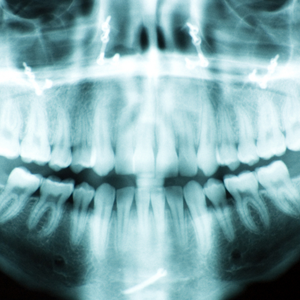
Traditionally, dentists use x-rays to find out what's going on below the surface, developing them in a darkroom full of chemicals, and examining the resulting films on a special light board.
Digital radiography entirely out modes that cumbersome process. Now, a tiny sensor placed in the mouth acts like a miniature VCR camera with an x-ray sensitive chip, exposing you to 50%-90% less radiation exposure than with traditional x-ray techniques. The resulting highly detailed image of your mouth is almost instantaneously translated onto our computer screen, carrying with it all the conveniences of other digitized images. We can rotate it, magnify it, adjust it for contrast, and even color-code it for educational purposes. Because it helps our patients clearly understand the root issues behind their dental health, we're able to work together to determine the very best treatment options for each case.
Hard and Soft Tissue Lasers
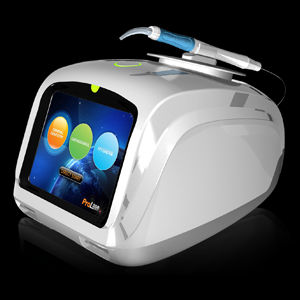
Waterlase System
The Waterlase system is a revolutionary new dental device that uses laser-energized water to cut teeth. BIOLASE received FDA clearance to market the Waterlase® system for use on hard tissue (teeth) on October 9, 1998.This combination of laser energy and water-spray creates "HYDROKINETIC" energy, and is a patented technology invented by BIOLASE scientists and engineers.
How does Waterlase work?- The Waterlasesystem uses laser-energized water to cut teeth
- The Waterlase emits a laser beam that energizes a highly precise spray of air and water
- Water droplets absorb the laser energy and become laser-energized water particles that, when directed at the tooth, rapidly remove enamel, dentin and decay/caries
- Waterlase does not cause vibration in the mouth, hence eases the pain and anxiety of patients who fear the vibration and high-pitched whine of traditional drills. It allows for precise cavity preps with no pain, needles or drills (in most cases). It removes minimal amounts of tooth, helping the patient to preserve as much tooth structure as possible
- Waterlase uses a cool-water spray to cut teeth without generating heat. Conventional drills and lasers can overheat teeth during procedures, inducing discomfort and irreversibly damaging the soft tissue or pulp underneath
- Laser beam has a natural sterilization effect - it evaporates bacteria, viruses and fungi, which leads to a decrease in local infections. Waterlase® has now been used in root canal treatments to disinfected instrumented canal system to improve the treatment outcome
- The Waterlase significantly improves patient's comfort in the dentist's chair. Patient's report little or no discomfort during the procedure. WaterLaser decreases post-operative pain by sealing nerve endings.WaterLaser can be used for cauterization of small blood vessels and lymphatics, therefore decreases post-operative swellings
Intra Oral Camera
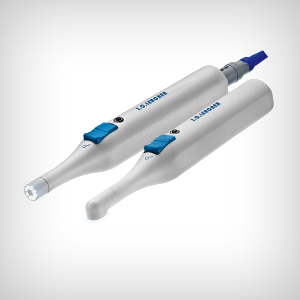
This wonderful new technology allows you to relax in your chair while simultaneously observing a real-time pictures of the inside of your mouth magnified beyond normal size on an adjacent computer monitor! Not only does this make it simple to see and understand what the doctor is telling you, but it makes it simple for us to keep incredibly accurate records from one visit to the next.
Cancer Screening
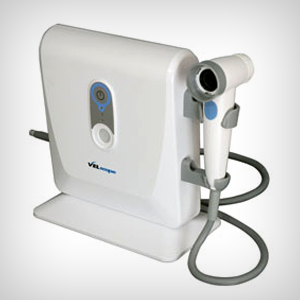
Patients who use tobacco and alcohol heavily are prone to oral cancer. Cancer screening is done in order to detect the signs of cancerous cells at early stage and take necessary steps to cure the same. This can be done during routine dental visit. Dentists make a note of the medical history of patients and check out for abnormal cells using special equipment. The process may involve removal of some of the cells from the mouth and performing biopsy to find out if they are cancerous. The tests performed can help in taking early steps to cure oral cancer.
CBCT
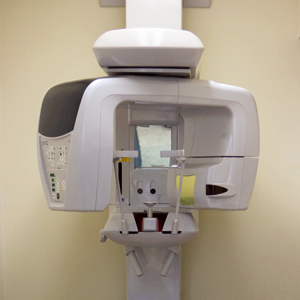
CBCT abbreviated as Cone Beam Computed Tomography is one of the proven technologies for dental medicine. The technology helps in taking 3D digital images of hard bone tissues in teeth and jaws. A cone shaped X-ray beam rotates around the head of the patient to develop a 3D digital image of the dentition. The technology is vastly used in dentistry in recent times because the time taken is much less and the images help in coming up with an effective treatment plan. CBCT can be very helpful when performing dental implant surgeries, orthodontic treatment and other oral surgeries. The complex technology has several advantages and it truly is a boon to the field of dentistry.
WAND
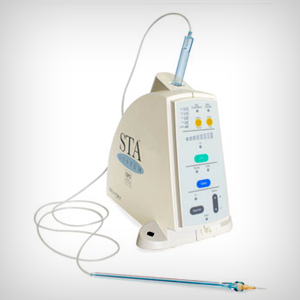
WAND is technological equipment which is used to inject controlled amount of local anaesthesia. It is computer controlled and the device regulates the flow of the anaesthesia in the injection. This can reduce pain and anxiety in patients. It is an advanced dental machine which has made the delivery of local anaesthesia simpler and more precise. Most patients report pain caused from injection when administering local anaesthesia. This pain is essentially caused by the quick in flow of the anaesthetic. WAND slows down the flow of numbing agent and hence solves the problem.

